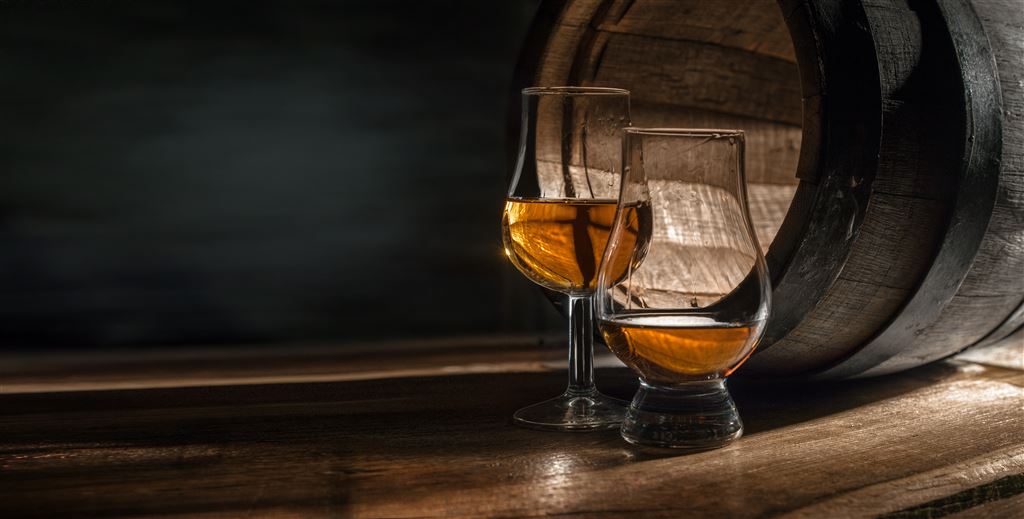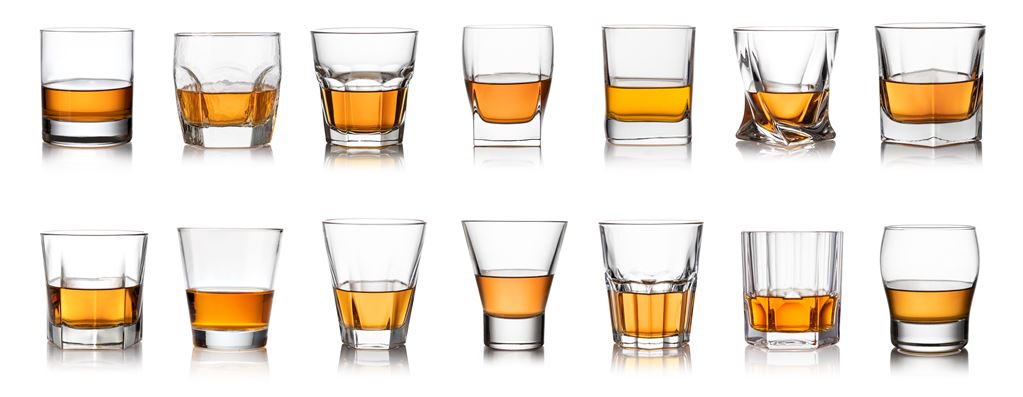Bourbon tastings have become a popular activity among whiskey drinkers. In fact, you have seen enthusiasts analyze and evaluate whiskeys as if they are examining a fine work of art. These experts refer to such things as the color, nose, viscosity, palate, and finish of the whiskey. These terms and the associated tasting process can be a little intimidating. If you are in awe of such things, do not be. You can drink bourbons and other whiskeys like the professionals, and this article will show you how to review bourbon and what things to consider in your tasting notes.

Color
The kind of glass that you pour your bourbon in will be necessary when using color to judge. You will get the accurate color with crystal glass, but cut crystal glasses can distort the hues and mislead you.

Also, go for a tulip-shaped glass such as a Glencairn glass, as it will be helpful when you are testing for the color. Ensure that you are in a properly lit room when testing the color. You can also make small notes about the observations that you are making as you evaluate the whiskey.
A white backdrop will also be helpful for precise observation, and its contrast with the other colors will enable you to get accurate results. Swirl your glass around to determine the color and hold it up to the light when you need to decide on its clarity.
When you swirl the glass, you will immediately see the dark and clear sections of the drink and any color change. You will also be able to determine whether your whiskey is completely clear or a bit translucent by holding the glass up to the light.
Aroma or Nose
The smell, aroma, or nose is another crucial determinant of good whiskey. Certain glasses are advertised as delivering a better nose because of the shape of the glass. This is not always the case and varies from person to person. Still, the glass will need to be at room temperature.
Swirl the spirits in the glass and take a few short sniffs. This will give you a first impression of the drink that you evaluate and how good it is. The intensity of the various aromas will determine how you describe the nose.
Open and closed are some of the terms that are used to describe the aroma of a drink. The open aroma reveals a lot about the elements that make up the drink, and you can easily single out particular details about the whiskey.
In contrast, the closed aroma means that most of the details are hidden, and you only get to have a brief idea of what your drink is like without getting any detailed information.
Keeping your mouth open when you are sniffing will also help obtain a more precise observation of your whiskey. Trust your nose while you are doing the sniffing. Everyone has different associations of aroma, and they will all judge the same aroma differently. Detail what you smell no matter how unusual it may sound.
Diluting will also help for a better review, so you can add water until there is no more burning sensation when you sniff the whiskey. The dilution will also enable you to analyze the bourbon and single out aromas. Keep in mind that some tasting purists will only evaluate whiskeys that haven't been diluted.
Be careful not to add too much water when you are diluting the drink. You can test the development of aromas by leaving the glass to sit for 5 to 20 minutes before another sniff.
In this duration, your senses will have recovered, and you will analyze the whiskey better. Be careful not to swirl the glass while you let it rest to ensure that you get a more accurate aroma after your whiskey has rested without being disturbed.
Flavor and Palate
Tasting lets your tongue pick out the flavors in bourbon. As the bourbon is in your mouth, the sensations that get to your nose help identify the unique flavor of your drink. The combination of the aroma and the whiskey's taste creates the flavor that gives you an impression of the drink.
Bourbon flavors are different from the four primary tastes of sweetness, sourness, saltiness, and bitterness. As you review the flavor, you should determine which of the five major whiskey flavor categories are sensed when you sip your whiskey.
- Grain
- Wood
- Fruit and Floral
- Sweet Aroma
- Spice
Some tastes will be activated for longer than others, which will identify your whiskey's unique combination of flavors. Please pay attention to both your sense of taste and smell when evaluating your whiskey. Both factor into the flavor of your drink.
 A Tasting Notes Wheel by Woodford Reserve
A Tasting Notes Wheel by Woodford Reserve
Mouth-feel and Palate
These refer to how the bourbon feels inside your mouth and what texture it has. Your tongue will better judge the texture than your eyes, and the mouth-feel should be a part of the evaluation process.
Taking a sip of the drink and let it stay in your mouth momentarily before you swallow will enable you to get a full mouth-feel of the whiskey. Some drinks are smooth while others are creamy, and when you have that first sip, you will be able to note what texture your whiskey has. Your mouth will help you judge what quality of whiskey you are tasting.
Viscosity is one of the terms associated with mouth-feel. It refers to the "thickness" of the bourbon. For instance, syrup is more viscous (thicker) than water, and you can feel that difference.
Finish
The outstanding bourbon should leave a lingering sensation after you have had a taste. As such, the finish is an essential part of the evaluation of your bourbon. It refers to the flavor left in your mouth and the one that stays in your mouth.
Finishes can be described as either long, short, or medium. A short finish leaves your senses immediately, while a long finish means that the flavor will linger for several minutes after you have swallowed the drink.
The finish is intended to complement the flavors and aromas of the whiskey. If the aromas and flavors were pleasing to you, then a long finish is also required to give you an enjoyable experience. Some of the flavors you tasted during the palate stage may also be present during this stage of the tasting. The finish is an essential determiner of the quality of whiskey that you have in your hands and lets you review the drink better.